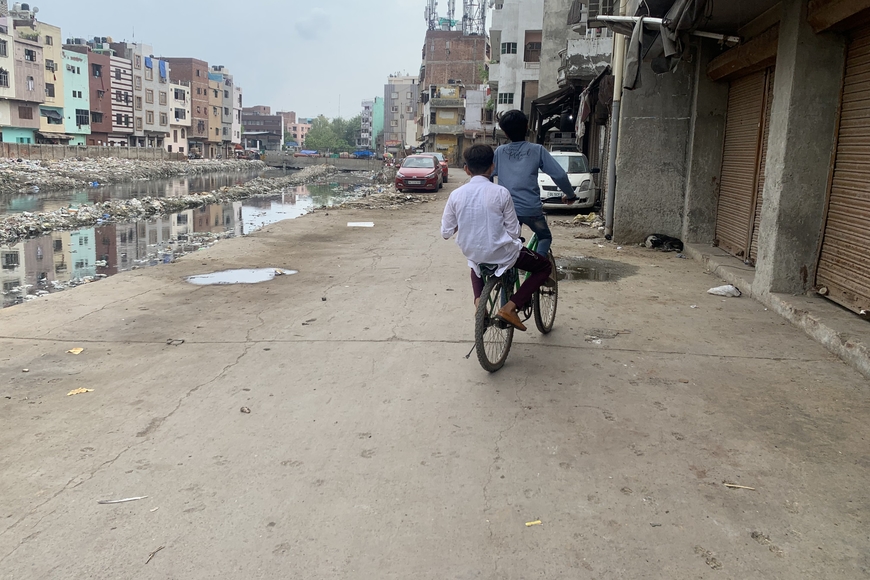Coffee Hour with Vinay Gidwani
269 19th Ave S
Minneapolis,
MN
55455
Enjoy a free catered lunch, a presentation by GES Professor Vinay Gidwani, and conversation with students, staff, and faculty from the GES Department. Lunch will be available starting at 12:30 p.m. and Professor Gidwani will present from 1-2 p.m. This week also is Graduate and Professional Student Appreciation Week and we hope students can join us for lunch and cake to celebrate.
Seelampur in northeast Delhi is one of the largest e-waste markets in India. Featured in numerous NGO reports and journalistic accounts, mainly to highlight the environmental perils of informal e-waste dismantling, the e-waste market’s spatial history and underlying social relations have never been systematically studied. Based on 10 months of field research in Seelampur in 2021-22, Gidwani's research offers new insights on the caste segmentation of commerce in urban India and specifically, the role of kin networks and “community capital” in consolidating Seelampur’s status as a key node within India’s e- waste economy. It shows how agrarian transitions in western Uttar Pradesh (U.P.), coupled with Delhi’s rapid urbanization in the 1980s and 1990s, brought an influx of migrants who found livelihoods in various trades, including scrap metal recycling. Over time, Seelampur evolved into an e-waste hub dominated by traders from the OBC Muslim Malik community, who hail from villages in western U.P., where they were historically called ‘Teli’ for their rural profession of oil pressing. Without any specialised education in dismantling discarded electrical appliances and electronics, the Malik community’s journey from oil pressing to e-waste as a path of capital accumulation is a remarkable one. While the Maliks' trajectory is singular, Gidwani speculates that it may also be paradigmatic, illustrative of how urban commons and practices of commoning can be a springboard for caste-segmented petty commodity production and capital accumulation.
